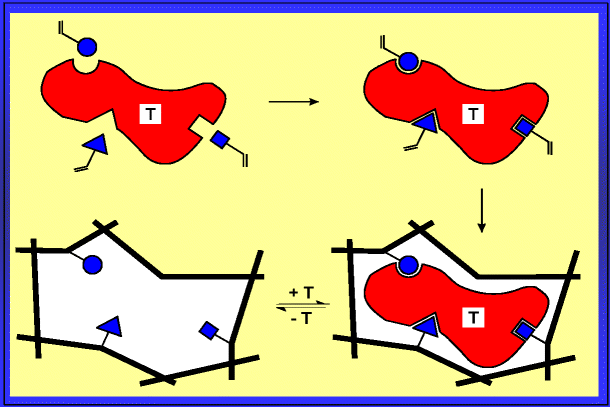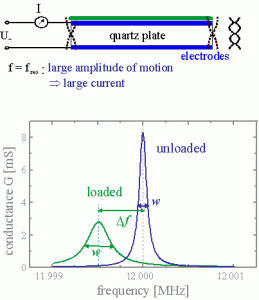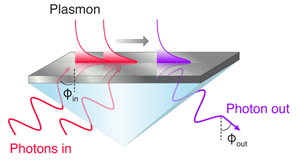New Approach to Molecular Imprinting Improves Anticancer Compound Detection

The combination of molecular imprinting and quartz crystal microbalance techniques allowed researchers from Dumlupınar University in Turkey to detect the anticancer compound kaempferol (KAE) at high sensitivity and selectivity levels. This nanosensor determined the flavonoid content in fruit samples in real time.
Flavonoids have antiinflammatory and antioxidant properties, and some researchers have attributed them pro-apoptotic and anticancer characteristics. Detection of these compounds is generally done by time-consuming and costly procedures such as liquid chromatography–tandem mass spectrometry. In this new approach, Gupta et al. first used molecular imprinting to generate a polymer with cavities that recognize KAE specifically. This is achieved by crosslinking the target molecule –or template- with functional monomers that assemble around the template by interaction between their respective functional groups; the monomers are then polymerized to form the molecular imprinted polymer (MIP) ; finally the template is removed and leaves a cavity complementary to the target molecule.
Second ; the researchers fixed the KAE-recognizing polymer onto a quartz crystal microbalance (QCM) surface. Quartz crystals resonance frequency can be altered by minimal amounts of mass. Frequency changes are thus measured to determine mass variations on the QCM surface. 
The authors used for the first time a KAE-imprinted film on gold surface on a QCM chip. They compared QCM non-modified and modified surfaces by using atomic force microscopy (AFM), Fourier transform infrared (FTIR) spectroscopy and ellipsometry. They concluded that KEA-imprinted film was homogeneously distributed on the gold surface and succesfully detected KEA in orange and apple juice samples. A fast, simple and relatively cheap nanosensor has been created that could become the standard technique for detection of flavonoids and other components.
Molecular Imprinted Nanosensor Based on Surface Plasmon Resonance
In a very similar work that the authors submitted to the same journal (Sensors and Actuators B: Chemical) about a month later, the penicillin-derived antibiotic amoxicillin (AMOX) was detected with high sensitivity in chicken egg and human plasma by combining MIP with Surface Plasmon Resonance (SPR). AMOX is a moderate-spectrum antibiotic against Gram-positive and -negative bacteria widely used in children and in veterinary medicine. The authors generated an AMOX-imprinted polymer by the procedure described above and fixed it onto a metallic surface on top of a prism. In SPR, a polarized beam is directed to the surface through the prism. At the so called resonance angle, surface electrons –plasmons- resonate and absorb the incident light, causing an intensity loss in the reflection measured by a detector. Any small variation in the surface, such as a molecular binding event, will cause a detectable shift in the resonance angle.
By building this nanosensor, the authors have found a improved sensitivity tool for detection of B-lactam antibiotics.
Sources :
http://www.sciencedirect.com/science/article/pii/S092540051301558X
http://www.sciencedirect.com/science/article/pii/S0925400514000203


